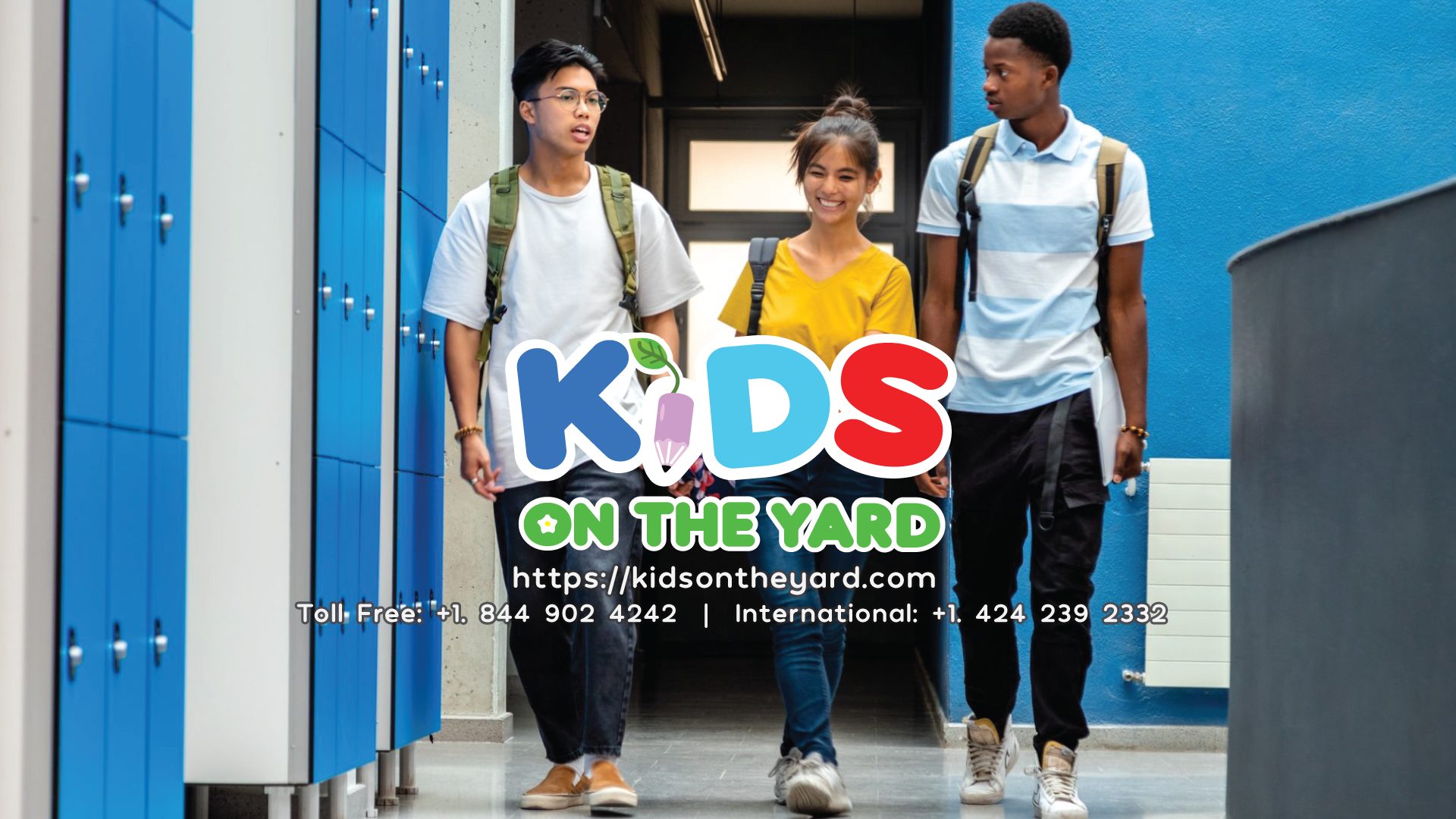|
Audio Article
|
1. Write Down Everything
Middle school brings new responsibilities, and staying organized is key. Encourage kids to write down tasks, assignments, and thoughts. This simple technique helps clear their minds and focuses attention on what needs to be done.
Writing things down is a form of cognitive offloading. It reduces stress and improves organization. Each completed task becomes a small victory, boosting confidence and productivity.
Creating a list turns chaos into order. Keep these lists visible—taped above desks or in school binders—as handy reminders. This habit develops organizational skills that will serve students well in school and beyond.
2. Prioritize Tasks
Imagine your day as a jar filled with rocks, pebbles, and sand. The rocks are must-dos—crucial tasks like finishing homework or getting enough sleep. Pebbles are should-dos—like practicing an instrument or preparing for sports. Sand represents extras, like social media or video games.
Fill your jar with rocks first, then pebbles, and finally sand. This analogy helps students prioritize effectively. It ensures important tasks get done while still leaving room for enjoyable activities.
This method of prioritizing helps students make smart choices about how they spend their time. As they grow, this skill becomes invaluable for managing bigger responsibilities. It’s about finding value and balance in the things that truly matter.
3. Create a Peer Support Group
Forming a peer support group can be a game-changer in middle school. It’s about creating a network of classmates who can help each other and provide accountability.
These groups offer more than just academic support. They’re a source of different perspectives, making projects more engaging. Collaborative problem-solving enhances understanding and builds interpersonal skills—crucial for future teamwork.
Encourage students to exchange contact information and set up regular check-ins. These connections can be vital when assignments pile up or motivation wanes. Plus, the friendships formed can make navigating middle school challenges more manageable and enjoyable.
4. Break Down Long-Term Goals
Breaking down long-term goals into smaller steps makes them less daunting. Think of it as climbing a ladder, where each rung represents a specific task leading to the ultimate goal.
For a month-long project, consider this breakdown:
- Brainstorm ideas
- Gather resources
- Create an outline
- Conduct research
- Draft sections incrementally
This approach provides a clear path forward and builds momentum. As students complete each small task, they gain confidence and motivation. This strategy isn’t just for school projects—it’s a valuable life skill for tackling any big challenge.
These strategies empower middle schoolers to turn challenges into opportunities for growth. By breaking tasks into manageable steps and building supportive networks, students can develop confidence and resilience. These skills not only help in academics but also lay a foundation for future success.
Frequently Asked Questions:
Why is staying organized important for middle school students?
Staying organized helps middle school students manage new responsibilities, reduce stress, and improve productivity. Writing down tasks ensures they don’t forget important assignments.
How does writing things down help with focus?
Writing down tasks helps clear the mind by reducing cognitive overload. It allows students to focus on what needs to be done rather than trying to remember everything at once.
What is the rock, pebbles, and sand analogy for prioritizing tasks?
This analogy helps students prioritize tasks effectively. Rocks represent must-do tasks, pebbles are should-do tasks, and sand is for extra activities. Completing important tasks first ensures productivity while maintaining balance.
How can middle schoolers create a peer support group?
Students can form small groups with classmates to check in regularly, exchange contact information, and help each other with assignments. This fosters accountability, teamwork, and problem-solving skills.
Why is breaking down long-term goals beneficial?
Dividing large projects into smaller tasks makes them less overwhelming. It also builds momentum and confidence as students complete each step toward their goal.
How can students keep track of their to-do lists effectively?
Students can tape lists above their desks, use school binders, or digital apps to keep tasks visible. Consistently updating lists helps reinforce good habits.
What are some examples of “rock” tasks for middle school students?
Essential tasks like completing homework, studying for tests, and getting enough sleep are considered “rocks.” These should always take priority.
How can peer support groups help beyond academics?
Besides study help, peer groups provide emotional support, motivation, and social interaction. This makes middle school challenges easier to navigate.
What are some tools that help students stay organized?
Planners, digital apps like Google Keep or Notion, and simple sticky notes can all help students track their assignments and deadlines.
How do these strategies prepare students for future success?
Developing organization, time management, and teamwork skills in middle school sets a strong foundation for high school, college, and professional life.
- Jannot J. The Disintegrating Student: Struggling But Smart, Falling Apart & How to Turn It Around. Roswell, GA; 2021.
- Balme C. Finding the Magic in Middle School. San Francisco, CA; 2022.
- Fagell PL. Middle School Superpowers: Raising Resilient Tweens in Turbulent Times. Bethesda, MD; 2023.
- National Institutes of Health. Cognitive offloading: How the Internet is increasingly taking over human memory. 2016.


